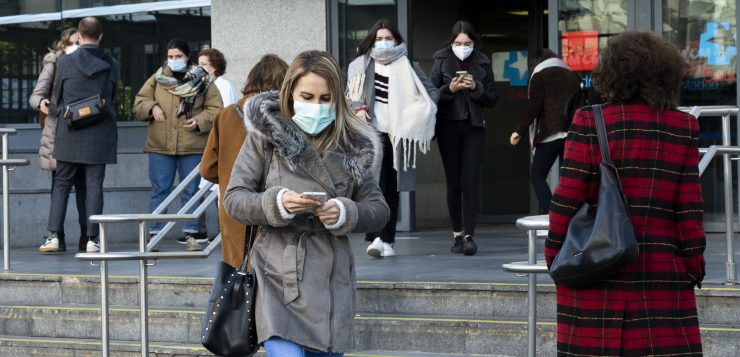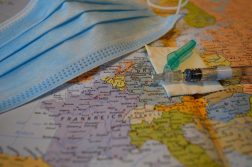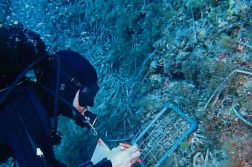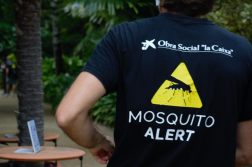The elimination of the restrictions imposed to break the first wave corresponded with an increase in mobility and social interactions, but not in a homogeneous way in the population as a whole. These are the main conclusions obtained from the two surveys on mobility and social distancing carried out among the Spanish population within the Distance-Covid Project, in which researchers from various centers of the Higher Council for Scientific Research (CSIC) and the Pompeu Fabra University (UPF) participate.
The results will help to better understand the contagion dynamics observed during the different phases of the pandemic in Spain and will help to propose more useful scenarios to manage the crisis generated by Covid-19.
From a sample of 6,952 surveys, the researchers have been able to approximate the diversity of mobility patterns and social interaction of the Spanish population. Although the structure of the households, the number of people and the ages they live with did not change during the study period, the number of daily contacts outside the home did. The changes observed were not homogeneous among the population studied, but contacts increased mainly in specific age groups: on the one hand, that of young people between 20 and 24 years old with people between 20 and 29 years old, on the other, the 65 and over group had more contact with people aged 30 to 49.
With the suppression of the state of alarm, it can be seen that the population over 20 years old went from an average of 3 daily contacts during confinement, to an average of 5 daily contacts.
“Our estimates denote a notable change in the average number of contacts in this age group, but the survey does not inform us of the context of these contacts, and there may be multiple contexts and causes that explain this increase. In the case of the age group equal to or greater than 65 years, the increase could correspond to older people who are related to those who generationally could be their adult children “explains CSIC researcher Frederic Bartumeus, from the Center for Advanced Studies of Blanes (CEAB) and the Center for Ecological Research and Forest Applications (CREAF).
It is important to note that the surveys were answered by different people in each phase, so the results do not correspond to individual changes but to the population as a whole.
The report presents the comparative data of the anonymous responses received in the first and second periods, as well as the first estimates of the mobility and social distancing parameters for the entire Spanish population. The information will be completed with a third survey, in which you can participate anonymously through the project website: https://distancia-covid.csic.es/encuesta/

The first survey was carried out within the state of alarm period and in the de-escalation phase, between May 14 and June 10, 2020. The second was completed outside the alarm period, between July 24 and August 31st.
According to the results, despite the increase in mobility and contacts, the majority of those surveyed affirm that they continue to take precautions to avoid contagion. During the first survey period, it is estimated that 38% of the population over 20 years of age had no contacts during a given period of 24 hours, 46% had more than 5 contacts and 8% had more than 10. In the second round of surveys, the percentage of people who had no contacts in a 24-hour period dropped from 38% to 14%, while that of those who had more than 5 contacts rose from 46% to 73%, and of people with more than 10 contacts rose to 15%.
In relation to the structure within households, researchers have seen very little difference in the distribution of the people with whom one lives. The results show two clear distributions: on the one hand, people of a certain age group who tend to live with people of the same age group are grouped together, and on the other the generational groupings (families), which include different age groups. age.
Greater mobility in the population
The study shows that during the state of alarm most of the movements of the respondents away from home did not exceed 10 kilometers away. In fact, 40% of those surveyed reported that their daily commutes did not go beyond a radius of 1 km around their home. Without restrictions, the journeys of respondents above 10 km skyrocketed, as did the number of weekly departures.
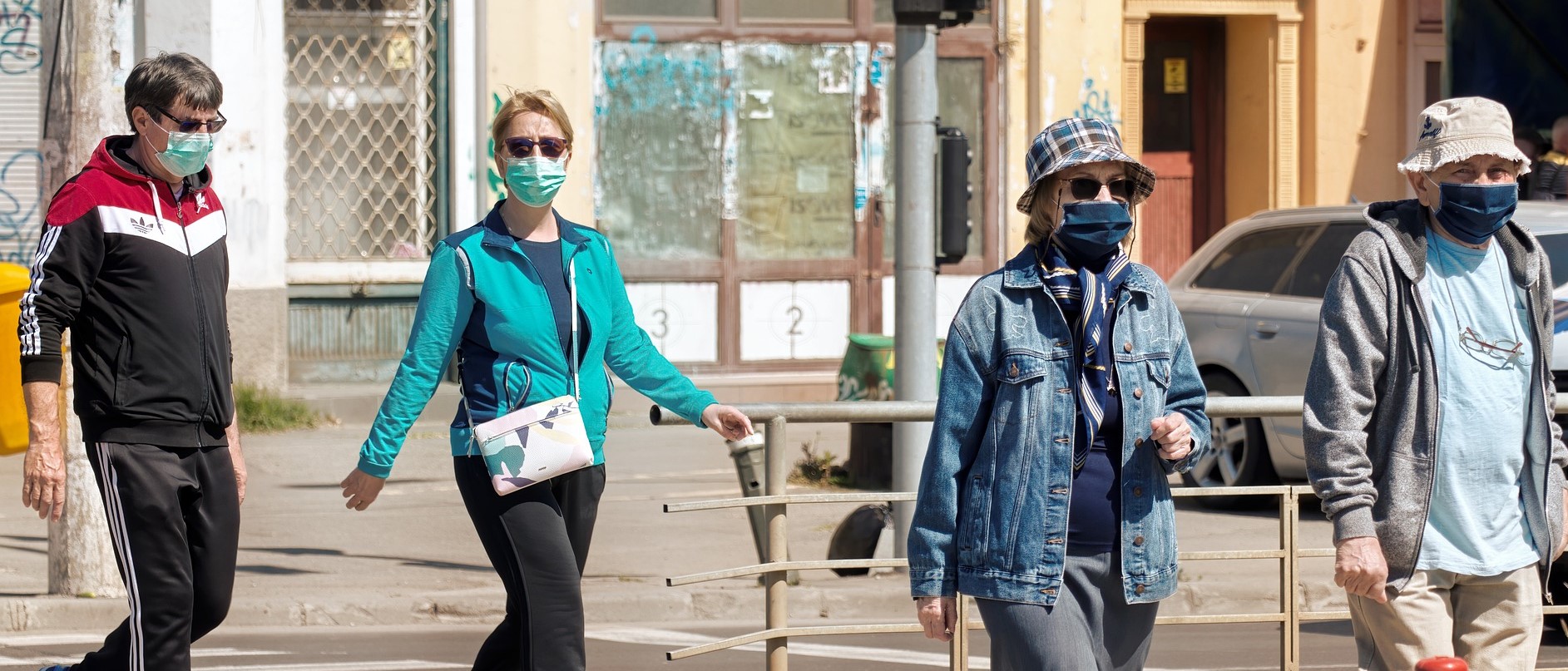
During confinement, 80% of those surveyed claimed to leave the house between one and seven times a week. Only 15% of those surveyed went out more than seven times a week, while with the lifting of restrictions that percentage doubled: 37% of those surveyed claimed to go out on the street more than once a day. The destination of the respondents’ trips during and after the state of alarm continued to be dominated by shops, as well as by trips to public spaces and daily trips to workplaces, although it will be necessary to perform a statistical model of the available data to be able to make more detailed and reliable estimates of the distance and destination of travel.
“Our results regarding mobility are preliminary, as we have not yet made any population inference with them, we are working on it. As a whole, the results allow estimating the variability of the mobility and social interaction patterns of the population, thus providing useful information for the elaboration of epidemiological models that incorporate relevant information regarding the patterns of social contacts ”, points out the researcher from Pompeu Fabra University, John Palmer.
Participating in the project is the Institute of Interdisciplinary Physics and Complex Systems (IFISC), a joint center of the CSIC and the University of the Balearic Islands; the Center for Advanced Studies of Blanes (CEAB-CSIC), the Institute of Physics of Cantabria (IFCA-CSIC), the Pompeu Fabra University (UPF) and the Institute of Economics, Geography and Demography (IEGD-CSIC). José Javier Ramasco, from IFISC, and Frederic Bartumeus, from CEAB-CSIC and CREAF coordinate the project.


